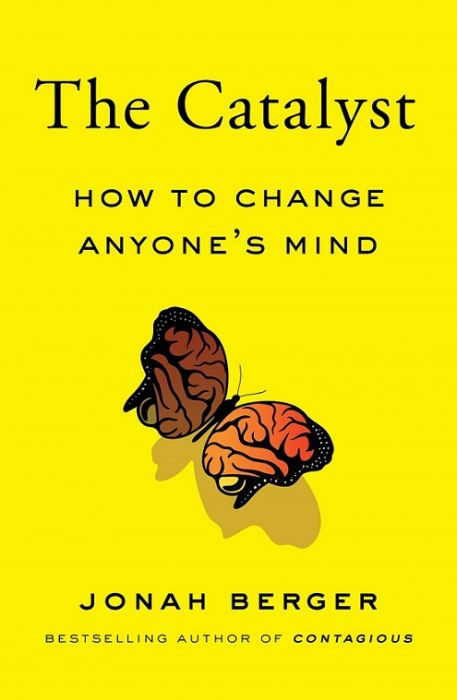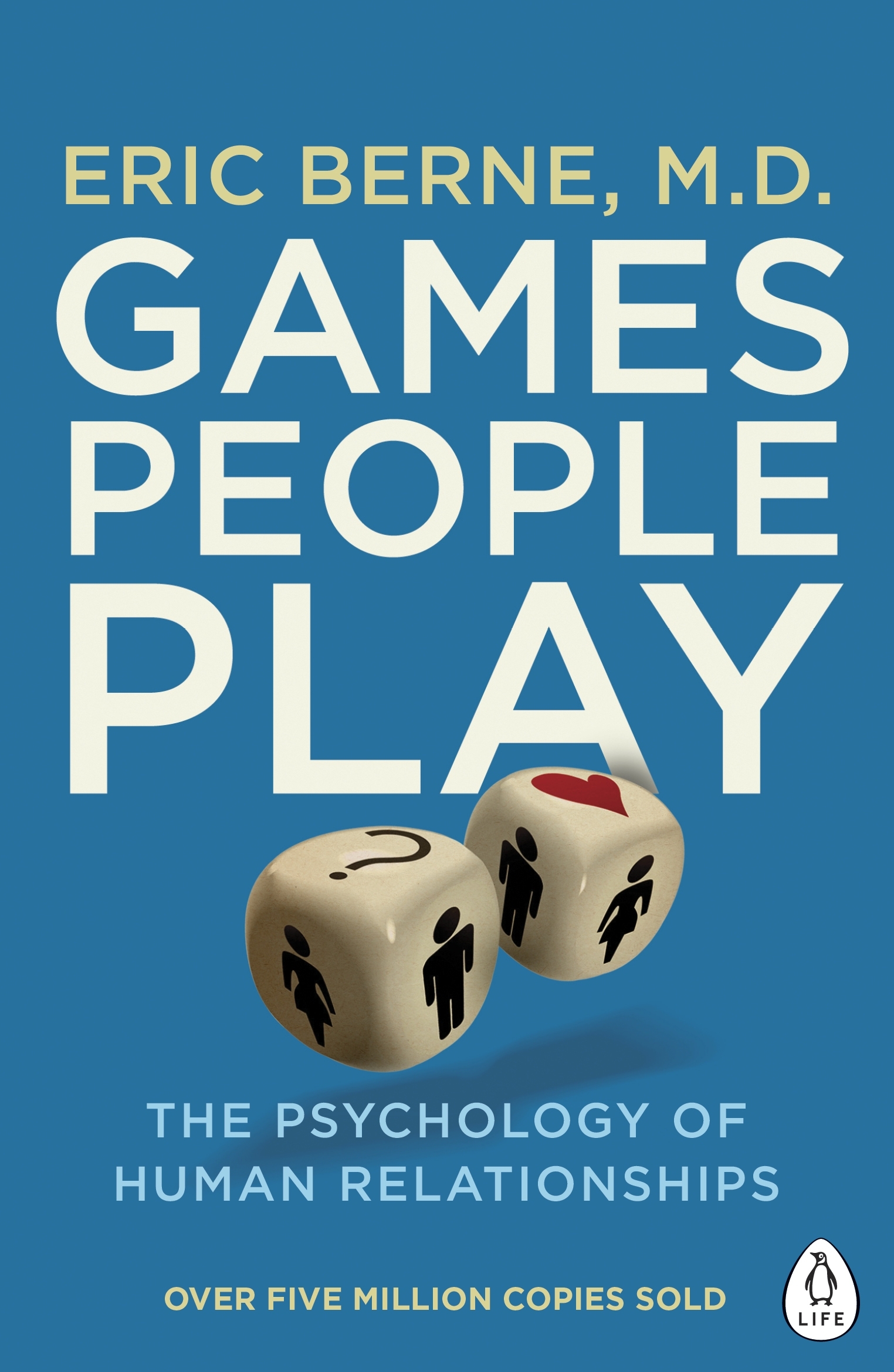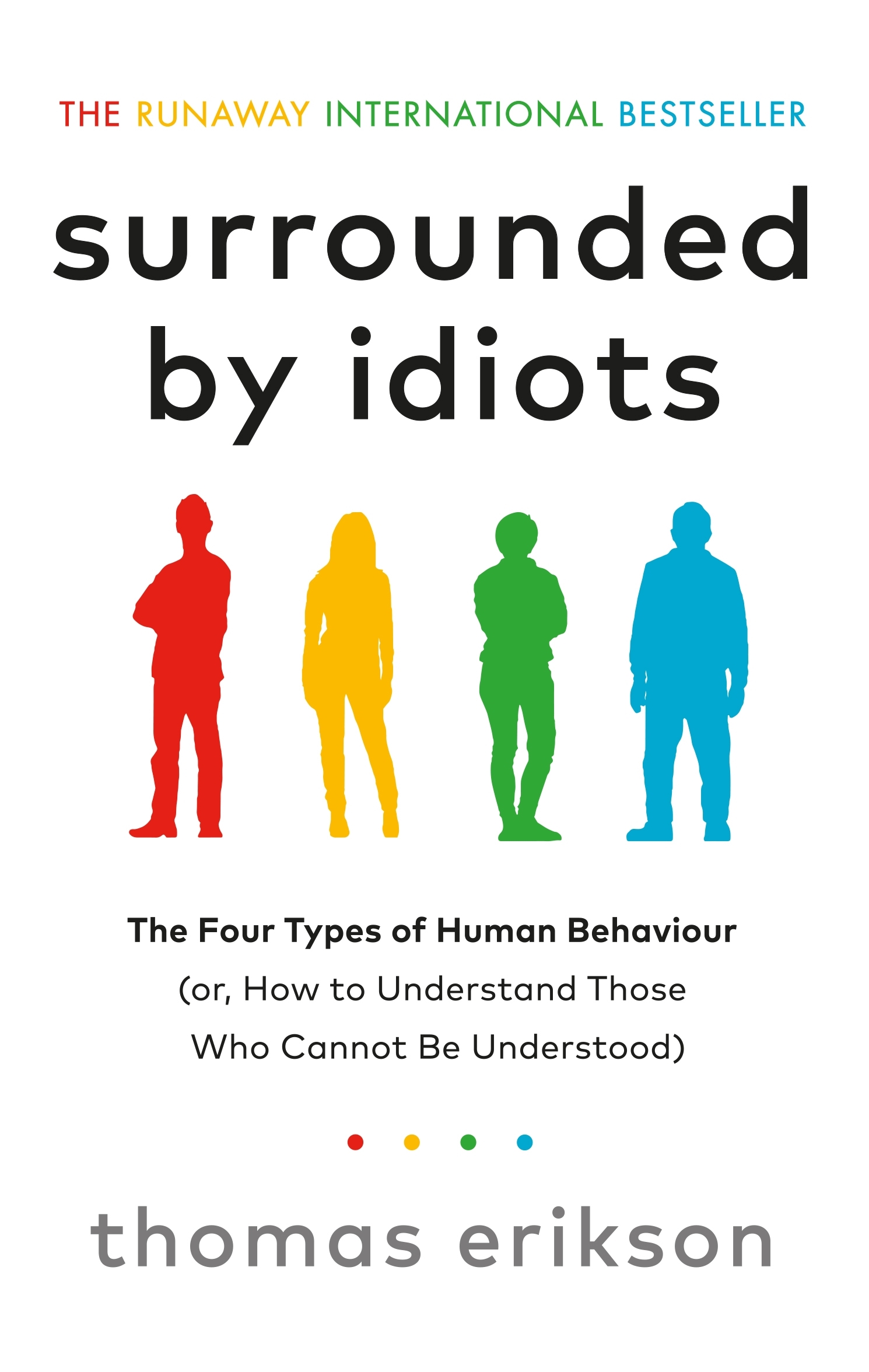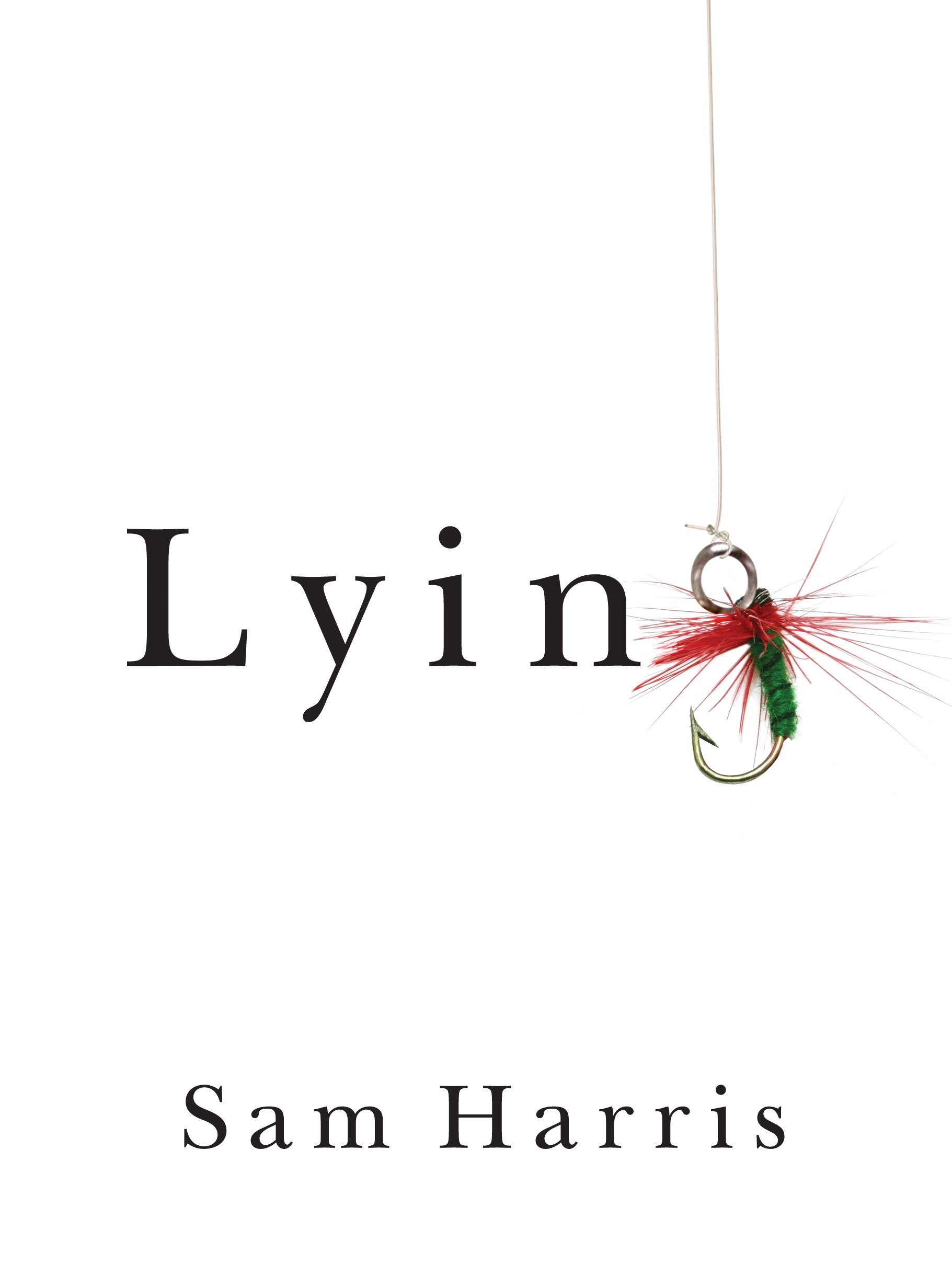How to Change
by Katy Milkman
- Behaviour
- Ashto =
- Jonesy =
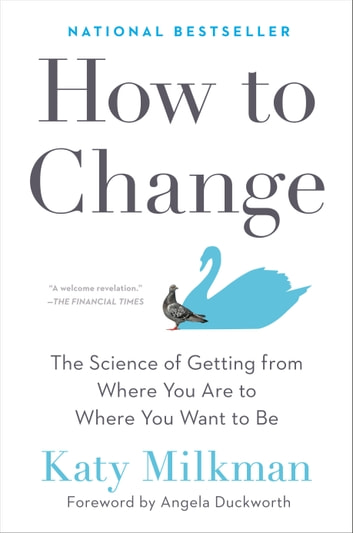
What You Will Learn from How to Change
Drawn on Milkman’s research and the work of her scientific collaborators, How to Change introduces strategic methods for identifying and overcoming obstacles that hinder change. Habits such as impulsivity, procrastination, and forgetfulness often hold us back from making positive changes in our lives. Through various case studies and engaging stories, this book will teach you the following points:
• Why timing can be everything when it comes to making a change
• How to turn temptation and inertia into assets
• That giving advice—even if it’s about something you’re struggling with—can help you achieve more.
How to Change helps you diagnose the internal obstacles you face and explores solutions that may help you succeed in changing for the better. This book reveals a proven path that can take you from where you are to where you want to be. Change is hard but it’s mostly because you haven’t found the right strategy yet.
The Obstacles
Obstacle #1: Getting Started
Psychologists found that people feel especially ready to change when they have a sense that they’ve been given a fresh start. So the challenge is to identify moments that will provoke these feelings as they’re the best time to inject a new change.
Calendar-based moments are usually popular for initiating change. People always seem to be starting their diet on Monday, never on a Friday night before a big weekend of binge eating. There are also other non-date-base fresh starts, for example moving house, changing jobs, buying a pet, or having your first kid. All of these changes can shift how we define ourselves and as such, present opportunities to declare that we’re going to do things differently.
Always look for fresh start opportunities. Is there an upcoming date that could represent a clean break from the past? Is there a new life event that you can use to wipe the slate clean? Finding the right time to start afresh can significantly improve your chances of making your desired change.
Obstacle #2: Impulsivity
Doing the ‘right thing’ is often unsatisfying in the short term. You know you should focus on important tasks at work, but social media always calls for your attention. You can check if anyone’s liked your latest photo, or you can scroll and hope to find something pleasurable rather than painful like your work. Economists call this tendency to favour instantly gratifying temptations over larger long term rewards ‘Present Bias’ or ‘Impulsivity’.
When we’re planning our change, 74% of people only consider the long term benefits, and only 26% think about how they’ll make the journey enjoyable. We’ll be far more successful at making our change and making more progress if we recognise that we struggle to do what’s distasteful at the moment, and look for ways to make those activities more appealing.
Obstacle #3: Laziness
It turns out that one of the big barriers to change is laziness.
One of the core theses of the book Nudge by Nobel Prize winner Richard Thaler and his co-author Cass Sunstein is that we often take the path of least resistance. Our laziness leads us to go for the default option. And if we make the default option easier, most people will pick that and avoid changes. We can combat laziness to help people make more positive changes and do the right thing by creating a new path of least resistance. It’s easier to help someone change by lowering the barriers around the things that will improve our lives and increasing the effort required to do the easier things.
How to Change Our Default Settings
Just like the default settings on a form or a computer system, we create our default settings of behaviour, also known as habits. Our habits become our default setting because we no longer think about what to do in a given situation; we just let our habits guide us. All animals are driven by habits, but thankfully, as humans, we can actually choose to change our habits. We can upgrade our default settings by installing new habits. The more we repeat an action in response to consistent cues and receive some reward, the more automatic that action becomes.
Conclusion
We’ve all tried to change before, or you may even have a change that you want to make right now. How to Change is less about forcing the change and more about reducing the barriers that block the change from happening.
Study after study has shown that achieving transformative behaviour change is similar to treating a chronic disease to curing a rash. The internal obstacles that stand in the way of change are like the symptoms of chronic disease. In medicine, doctors recognise that chronic diseases require a lifetime of treatment, and the same approach goes for behaviour change. Obstacles like forgetfulness, temptation, underconfidence, laziness, or procrastination are part of human nature and they require constant vigilance if you want to improve.
With a tailored approach that suits you and your circumstances, change is within your grasp. By diagnosing the internal obstacles you face and consistently using solutions customised to help you succeed, evidence and experience show that you really can get from where you are to where you want to be.




